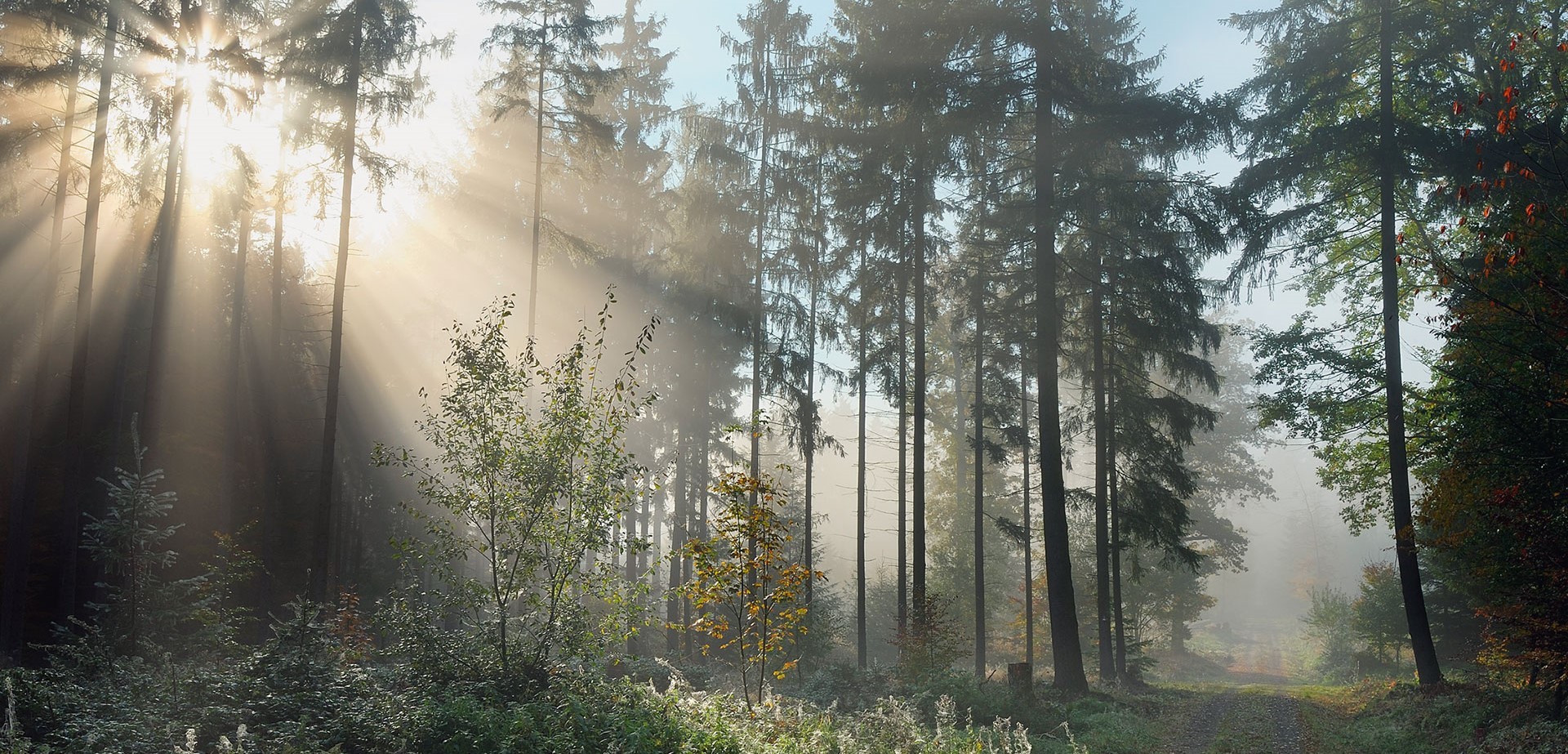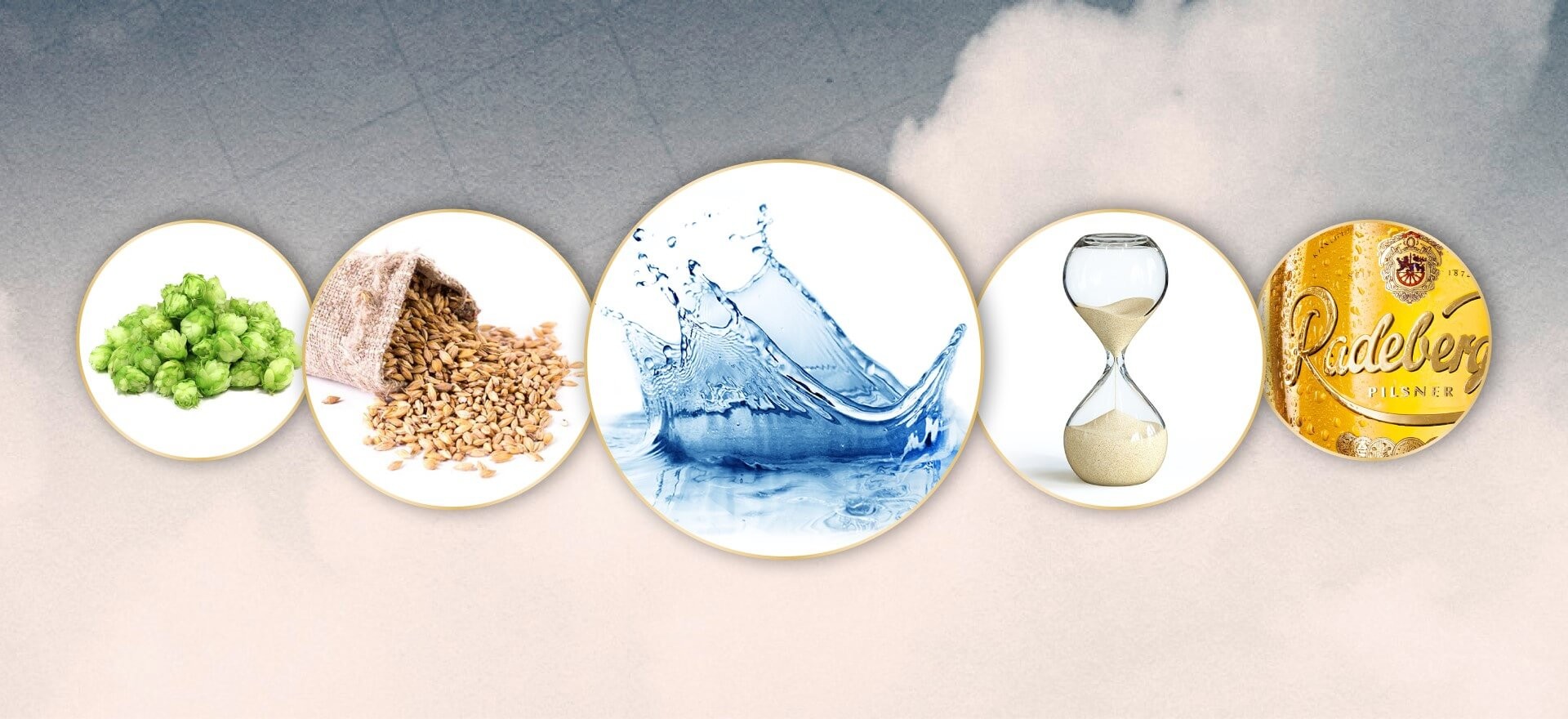
Many other breweries have to purify and demineralise their water in a complex process prior to brewing. But not us ...
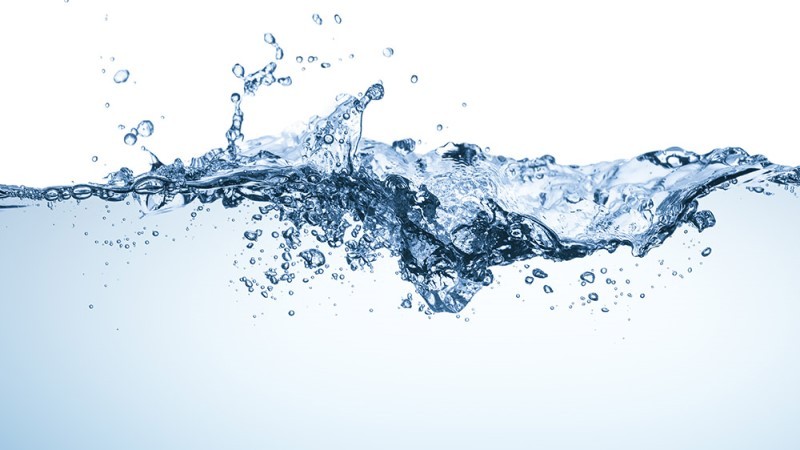
Our brewing water from our deep wells in the Karswald forest is perfect just the way it is. After all, it’s naturally soft. In other words, it only contains small quantities of minerals such as calcium, magnesium or sodium, which could distort or overpower our valuable hop/malt aromas. That’s why it can go straight from the source to the brewing kettle.
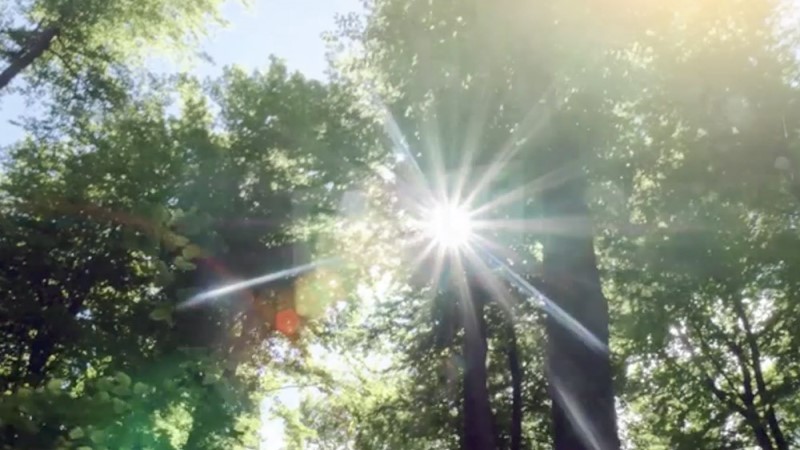
Quite literally, in fact, as a direct underground pipe takes the water straight from our deep wells in the Karswald forest to our brewery. Here, you can also convince yourself of our unique water taking part in a tasting on our brewery tour.
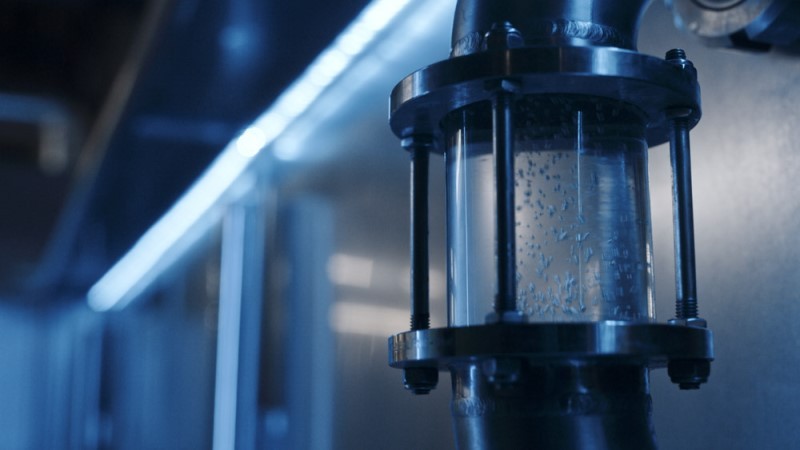
Hardly any other water could be more suitable than that from the Karswald forest. And this is thanks to local Lusatian granite. On that solid layer of granite, only a few porous layers have built up over the millennia, thus preventing the deep infiltration of surface water and rainwater. At the same time, relatively few minerals seep into the water. Admittedly, it doesn’t sound all that spectacular. But it is for us. And for all Pilsner lovers. That’s because low-mineral water is particularly soft and doesn’t have a strong taste of its own, making it perfect for the brewing of our Radeberger Pilsner.
